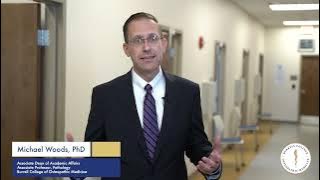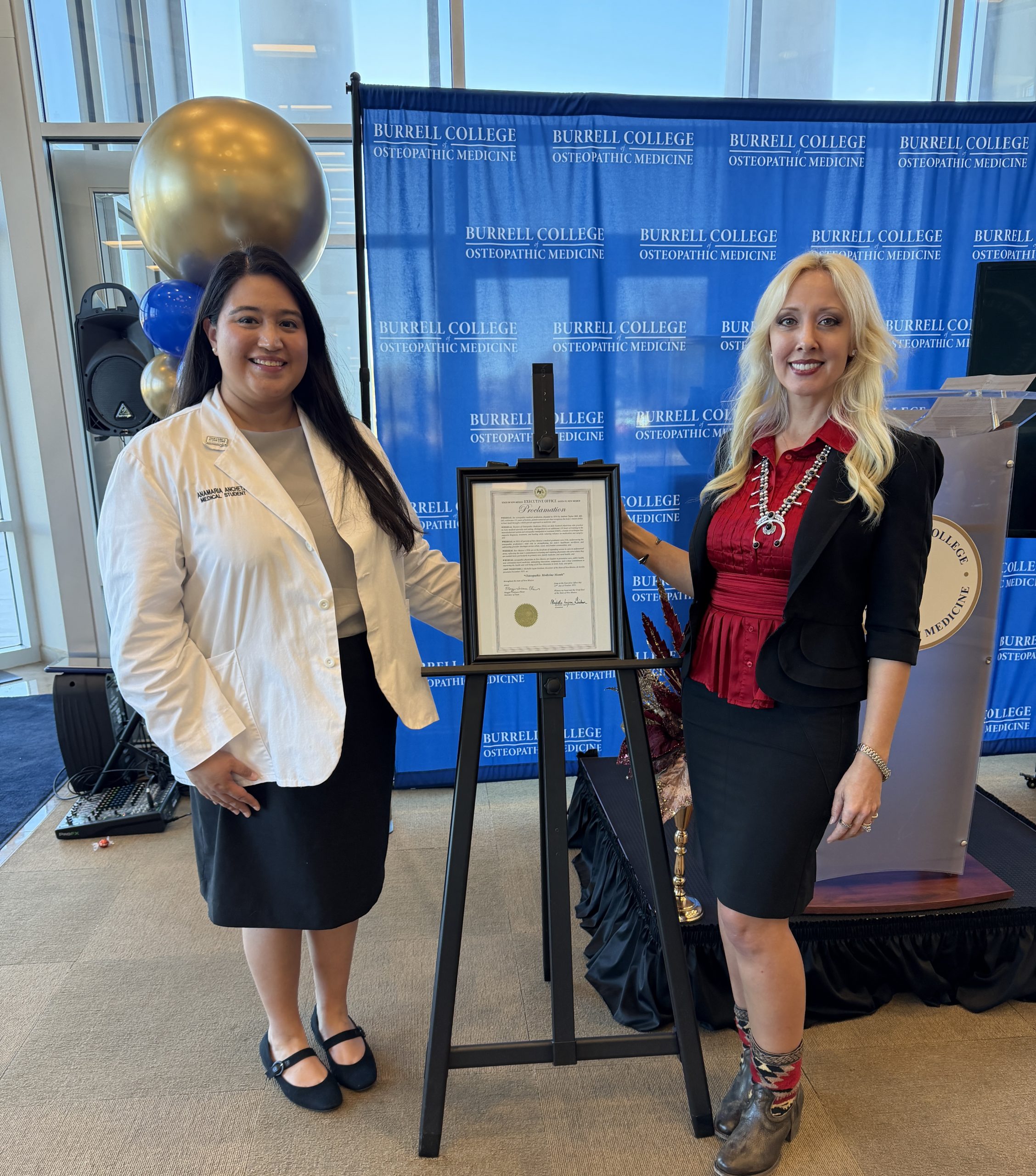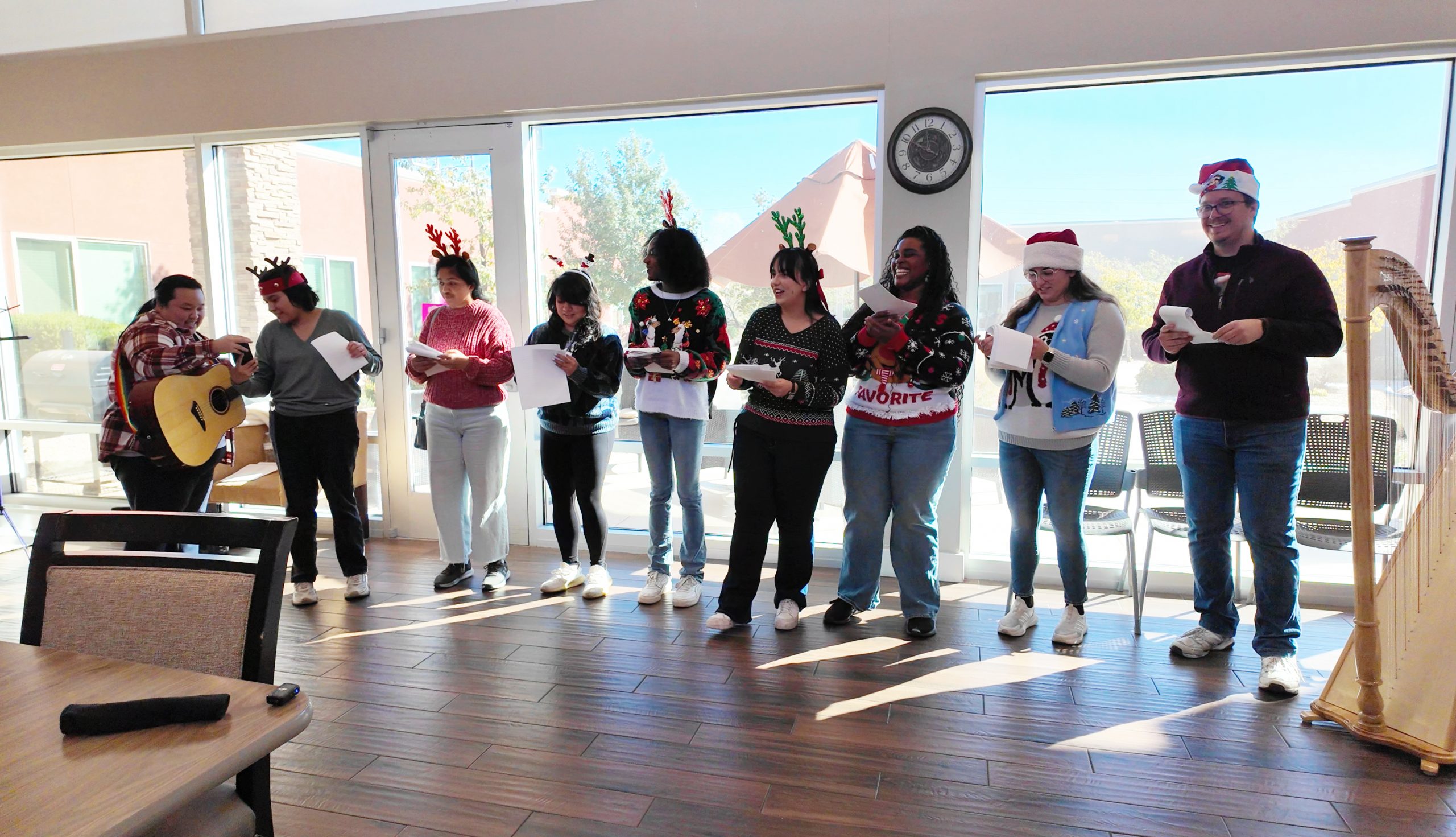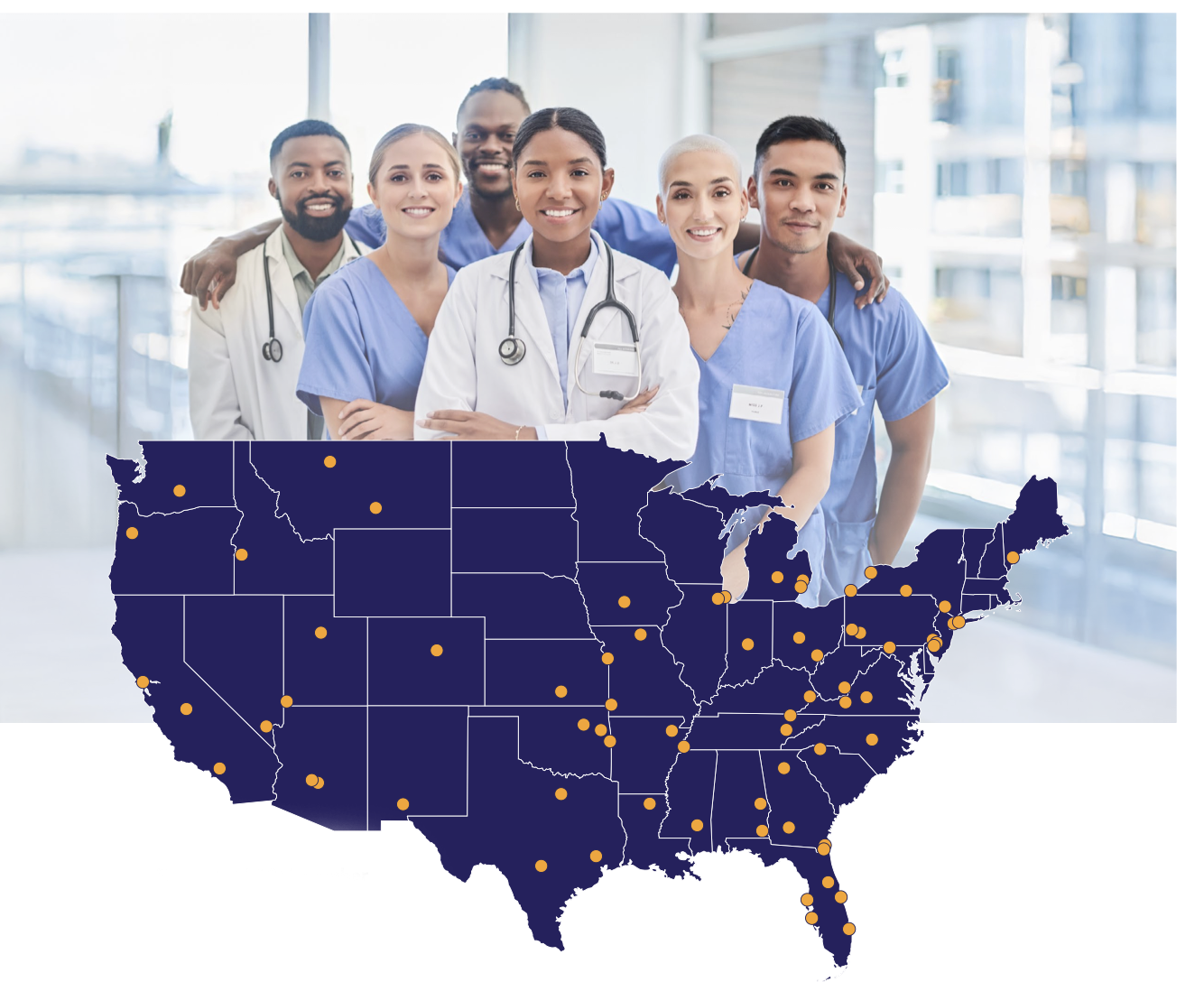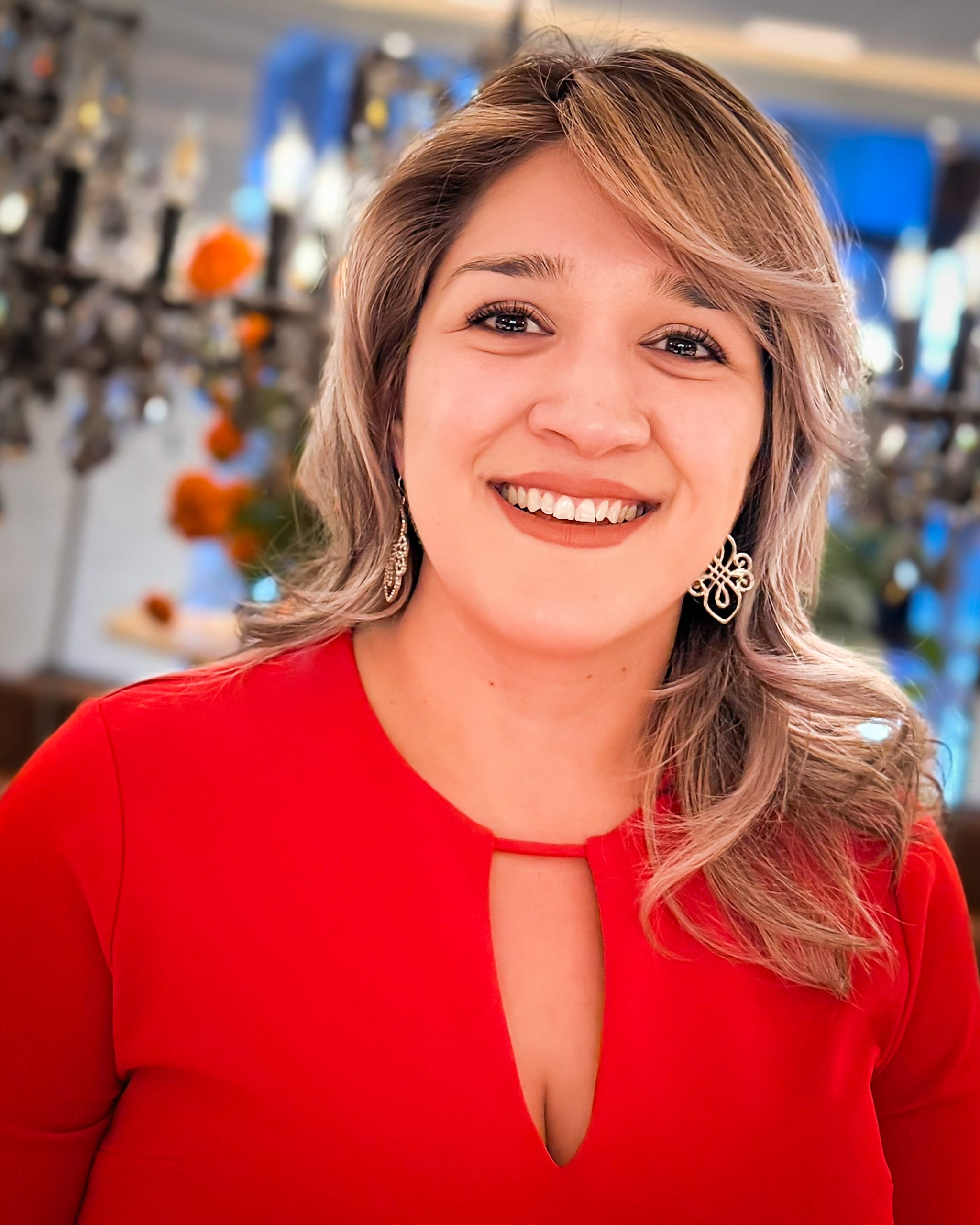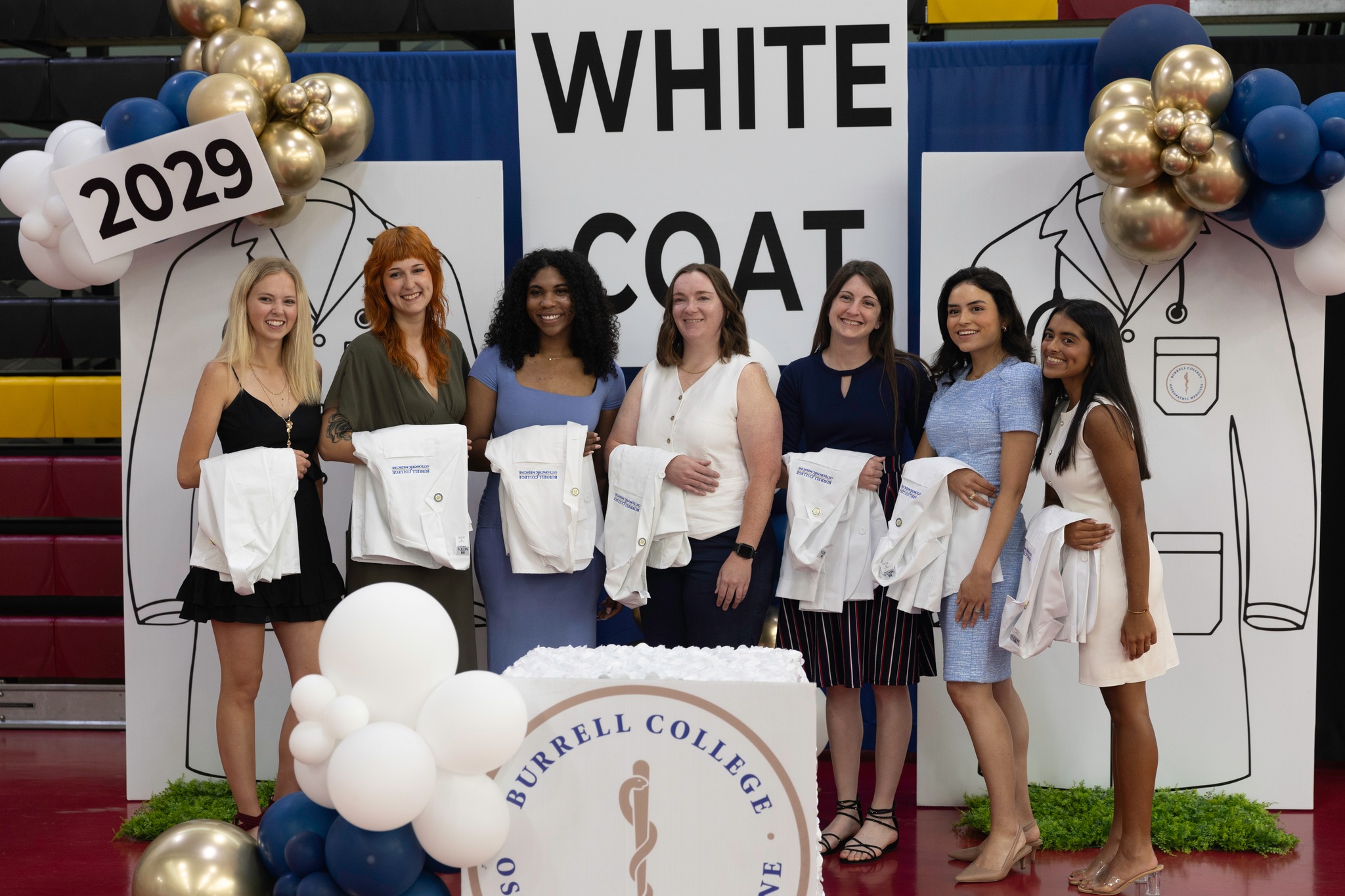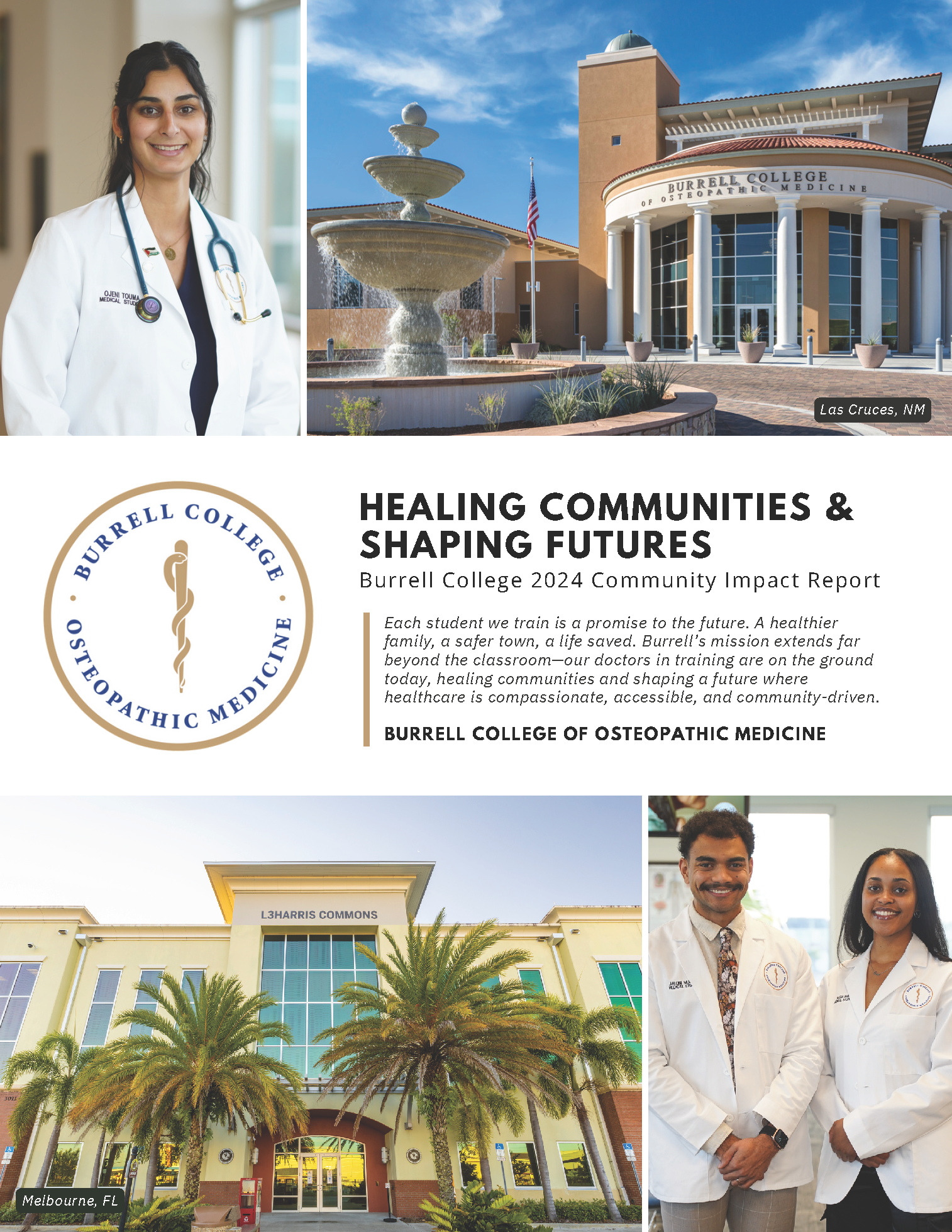The Burrell College of Osteopathic Medicine prepares future physicians through a dynamic curriculum that blends foundational medical knowledge with hands-on experiences and a focus on community engagement. Dr. Michael Woods, Associate Dean of Academic Affairs and Associate Professor of Pathology provides insight into what students can expect during their education at Burrell.
“Our curriculum is divided into the preclinical and clinical phases,” explained Dr. Woods. “The first two years are a two-pass systems-based curriculum. In the first year, we focus primarily on normal anatomy using cadaver-based dissection at both our Las Cruces, New Mexico, and Melbourne, Florida, locations.”
Preclinical Curriculum: Building a Foundation
During the first year, students dive into human anatomy, normal physiology, osteopathic manipulative medicine (OMM), and clinical practice principles. By their second year, the focus shifts to pathology, pharmacology, and clinical reasoning, providing a comprehensive understanding of disease processes and treatment strategies.
“One element of our curriculum that makes us really unique is the mission medicine curriculum,” Dr. Woods highlighted. The mission medicine curriculum includes coursework on humanism, biostatistics, epidemiology, and the social determinants of health. Students also engage directly with the community by working with nonprofit agencies, schools, and other organizations to understand the factors that influence patient health.
Clinical Curriculum: Becoming a Physician
The third and fourth years are dedicated to clinical training, where students work with preceptors during core clerkships in internal medicine, family medicine, pediatrics, and other specialties. Elective clerkships allow students to tailor their experiences to align with their career goals. “This is where you learn to become a doctor,” Dr. Woods said, emphasizing the hands-on nature of this phase.
Unique Opportunities: Rural Medicine and Research Distinctions
Burrell offers distinct tracks for students with specific interests. The distinction in rural medicine allows students to rotate at rural academic centers, gaining experience in underserved areas. The research distinction provides opportunities for students to integrate research into their education, with many presenting their work at national conferences.
“Some of the opportunities in research include a summer research experience during the preclinical years and ongoing research opportunities during the clinical years,” noted Dr. Woods.
Students benefit from state-of-the-art research facilities and partnerships with New Mexico State University and the Florida Institute of Technology, which enhance their access to lab-based and human physiology research.
Seamless Education Across Two Locations
Burrell operates as “one college, two locations,” with campuses in Las Cruces, NM and Melbourne, FL. The preclinical curriculum combines asynchronous and synchronous learning, with faculty at both locations collaborating closely to deliver a top-tier medical education.
“We’re really fortunate to have exceptional research facilities and a unique relationship with two research universities,” Dr. Woods said. “This creates incredible opportunities for our students and faculty.”
Through its innovative curriculum and commitment to holistic education, Burrell College ensures its graduates are well-equipped to excel in residency and beyond, making a meaningful impact in their communities.
For those interested in learning more about osteopathic medicine, Burrell College offers resources and information at burrell.edu/explore.
Burrell is fully accredited by the Commission on Osteopathic College Accreditation (COCA) and ranked second in the nation for the percentage of underrepresented minority students enrolled in colleges of osteopathic medicine.
Quick Facts:
-99% Graduate Medical Education (GME) placement
-94% 2020-2024 COMLEX First Time Pass Rate (99.9% scores reported)
-706 physician graduates (2020-2024)
-Mission Medicine (Border Region, Native-American)

